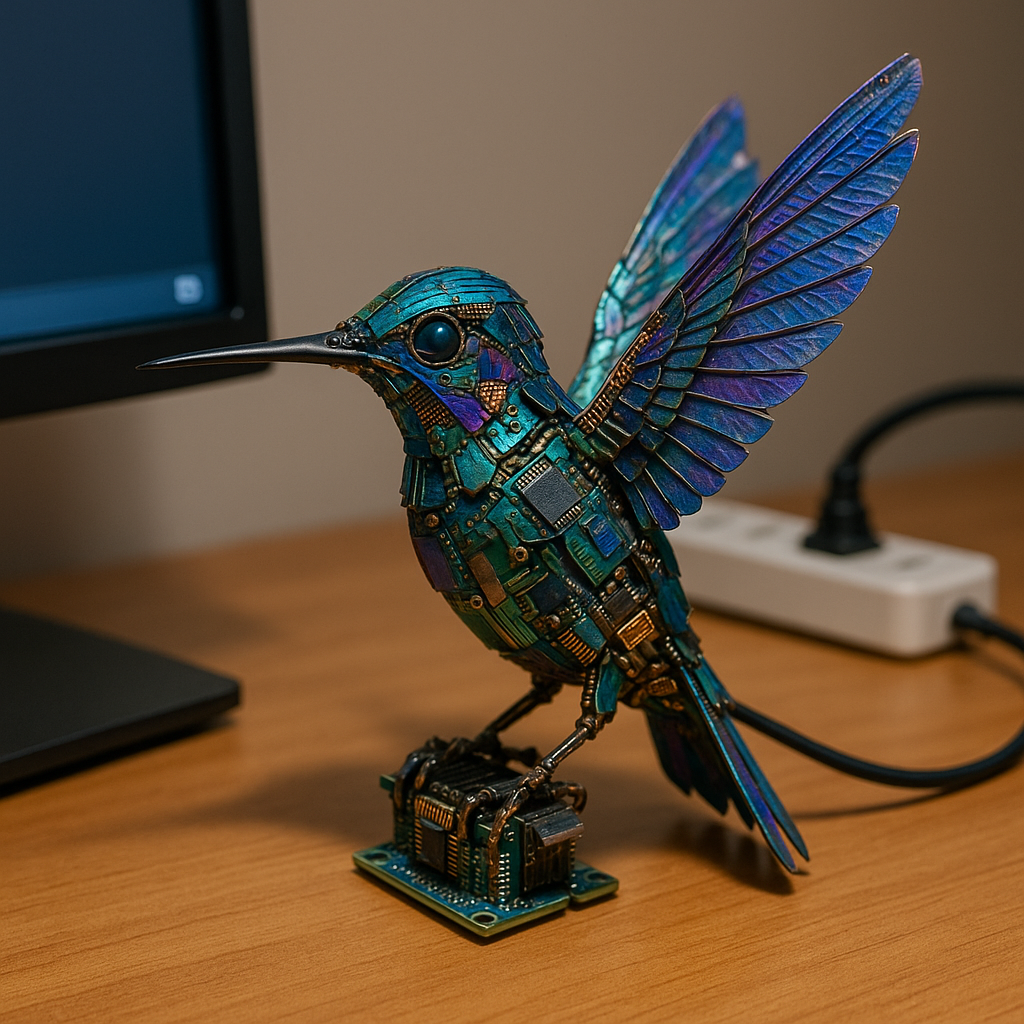AI Agents Are Learning to Buy Ads. Here’s the Code They’ll Speak
Exploring the Advertising Context Protocol (AdCP) — and how it could rewrite the rules of modern ad creative, media and production.
The advertising industry loves its acronyms. CPMs, RTBs, DSPs, APIs — and now, AdCP.
But this one’s different.
The Advertising Context Protocol isn’t just another integration spec. It’s a new language for how platforms, partners, and — increasingly — AI agents will talk to each other about media and ad creative.
If that sounds abstract, picture it like this: instead of every ad platform having its own dialect, AdCP teaches them a shared vocabulary. The goal? A world where a single AI agent could plan, buy, and optimize ads across ecosystems without needing custom code for each. Goodbye complicated (and error-prone) ad spec sheets! Read below for Whirr’s guidance.
💡 What AdCP Actually Is
Launched in October 2025 by a coalition including PubMatic, Scope3, and Yahoo, AdCP is an open-standard protocol — think of it as a universal translator for ad-tech systems.
It defines how platforms describe inventory, audiences, budgets, and performance in a machine-readable, consistent way.
That consistency is what allows AI agents (like the ones emerging across marketing workflows) to execute tasks like:
✅ Creating cross-platform campaigns
✅ Adjusting bids or targeting dynamically
✅ Comparing CPMs across networks
✅ Measuring performance — all in real time
The short version: AdCP makes automation scalable.
⚙️ Why It Matters
Until now, automation in advertising has been messy — a tangle of APIs, one-off connectors, and “black box” programmatic platforms.
AdCP aims to change that by standardizing how systems communicate.
For advertisers, that means:
👉 Less friction in getting campaigns live
👉 Cleaner data across platforms
👉 Better transparency in performance tracking
👉 A shorter path from planning to insight
And for agencies or consultants, it’s a shift in where value lives.
The edge won’t be who can push the buttons faster — it’ll be who can ask smarter questions of the machines that do.
🔭 What’s Next
Every major shift in advertising starts small: a pilot, a test, a few bold adopters. The founding members are notably missing some of the ad industry’s biggest players – note the absence of Publicis, Google or Warner Brothers Discovery, for example.
AdCP is still early, but the momentum is real. Expect to see platforms experiment with partial implementations through 2026, especially as agentic workflows — where AI tools act autonomously — gain traction.
If adoption holds, AdCP could become to advertising what HTTPS became to the web: invisible, essential, and everywhere. If it takes off, it’ll have a monumental impact on how ad agencies staff and operate.
If it doesn’t, it may still push the industry toward cleaner standards and more open systems — which isn’t a bad outcome.
🤔 The Whirr Take
Advertising has always been about connection. AdCP just swaps human translators for digital ones — letting strategy flow at the speed of code.
Our advice:
1️⃣ → Stay informed. Standards don’t move fast until they do — and then they move all at once.
2️⃣ → Push your partners to talk about interoperability now. That’s a tall ask that will take time.
3️⃣ → Experiment where it’s low-risk. Learn before it’s mandatory.
The industry has spent a decade teaching machines to target. Now it’s teaching them to talk.






